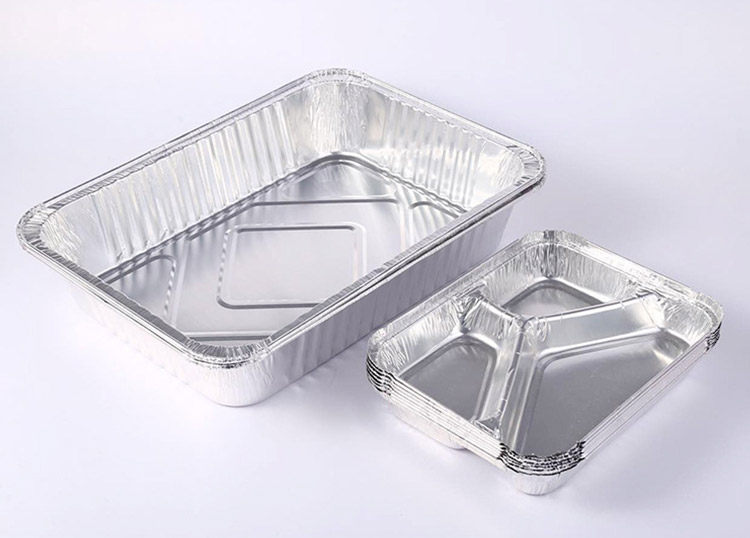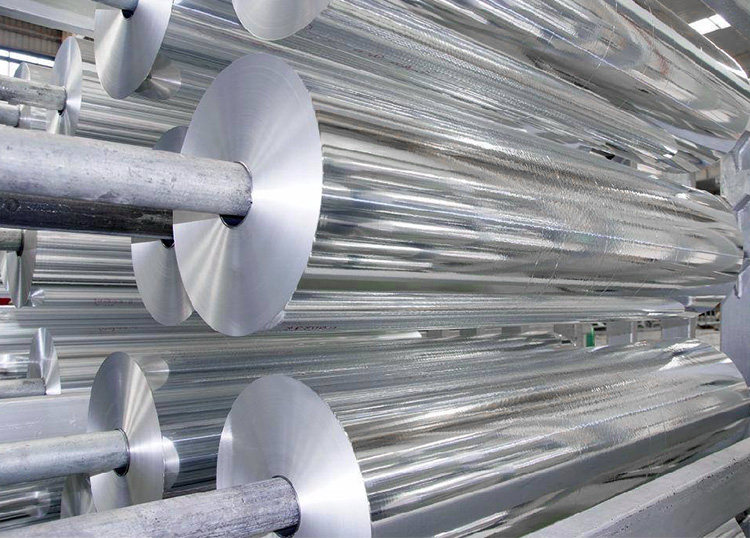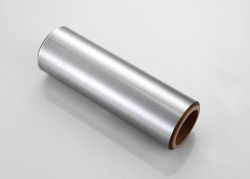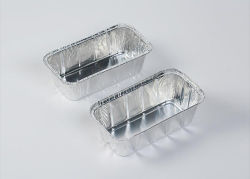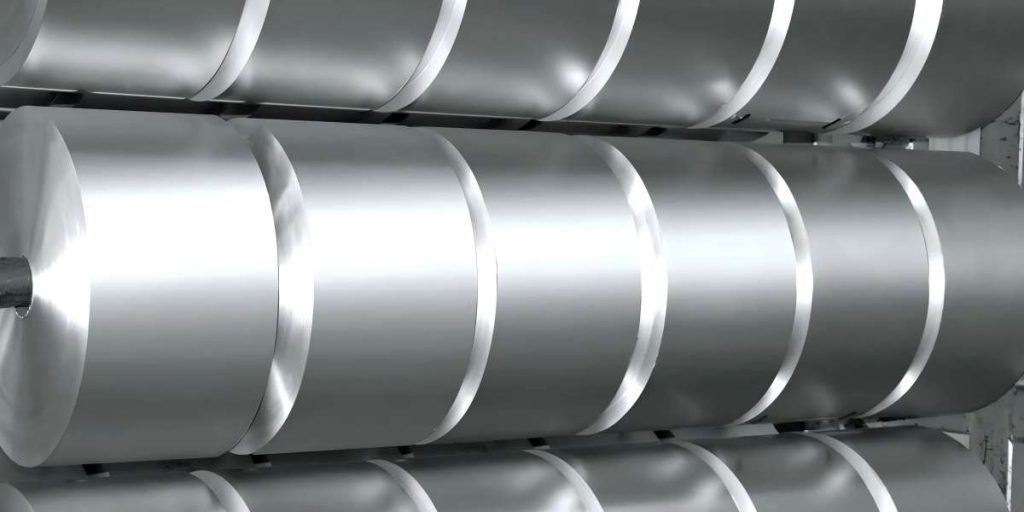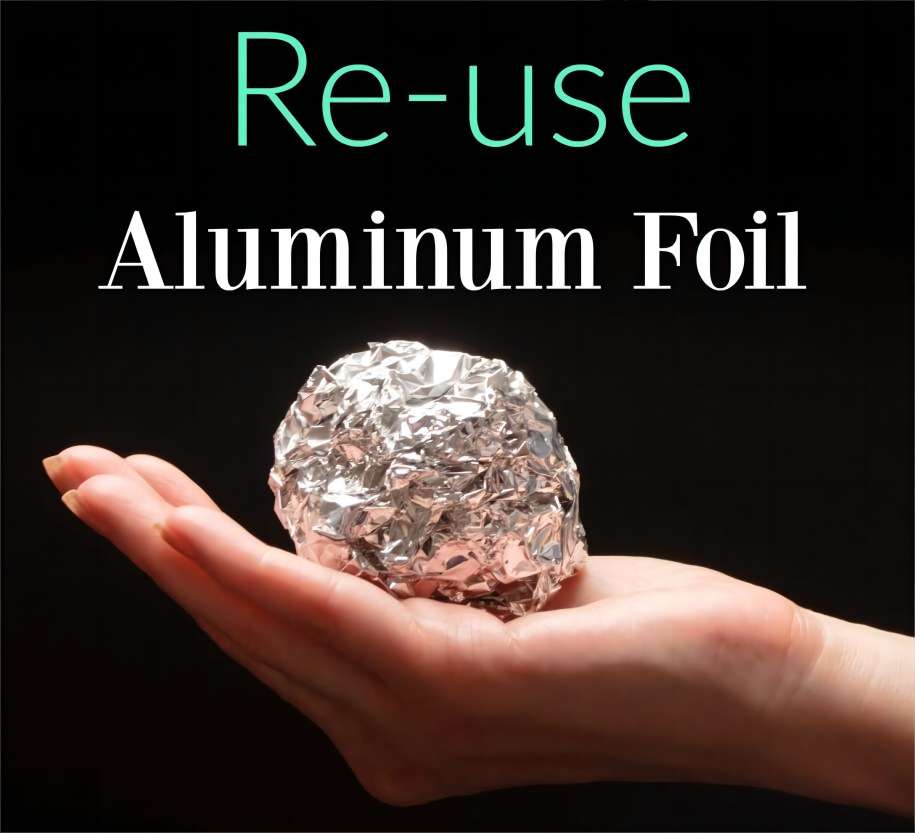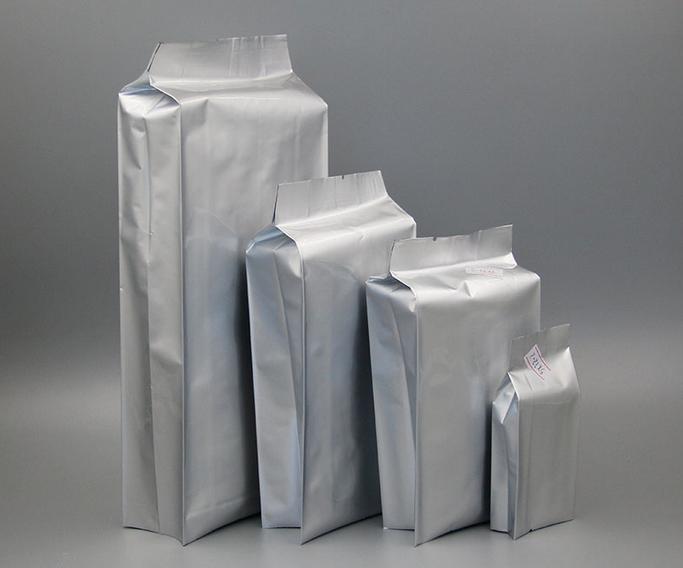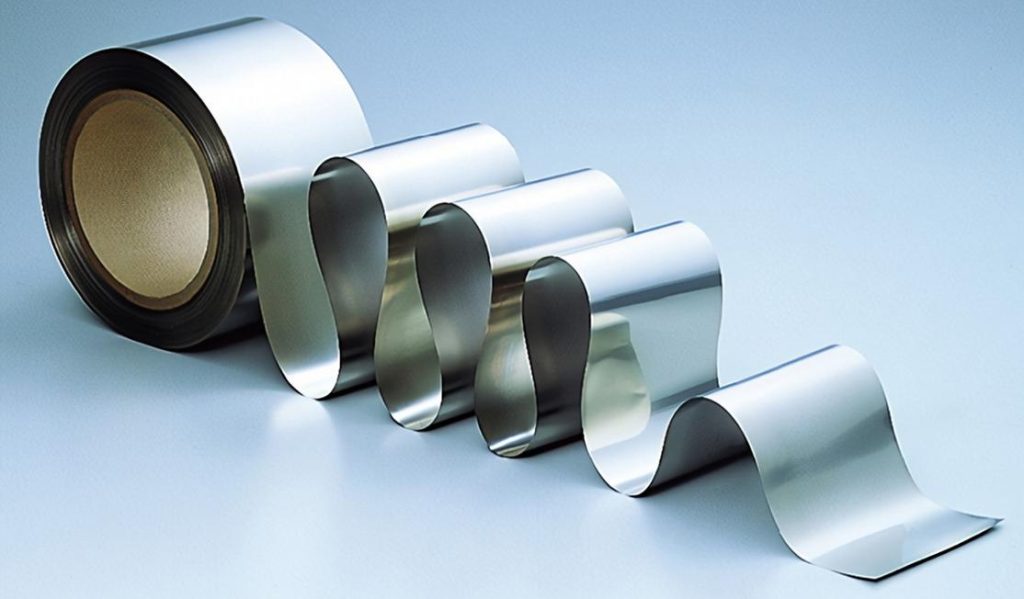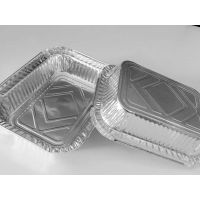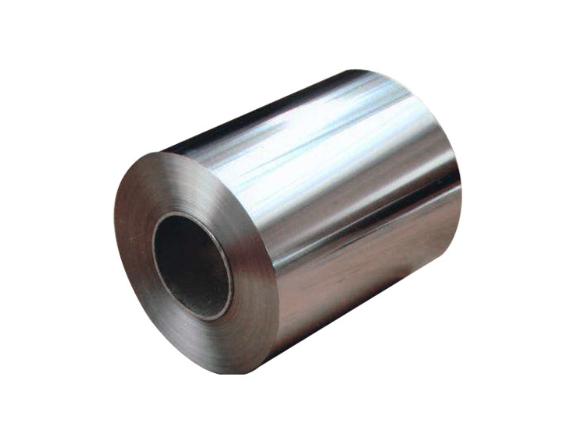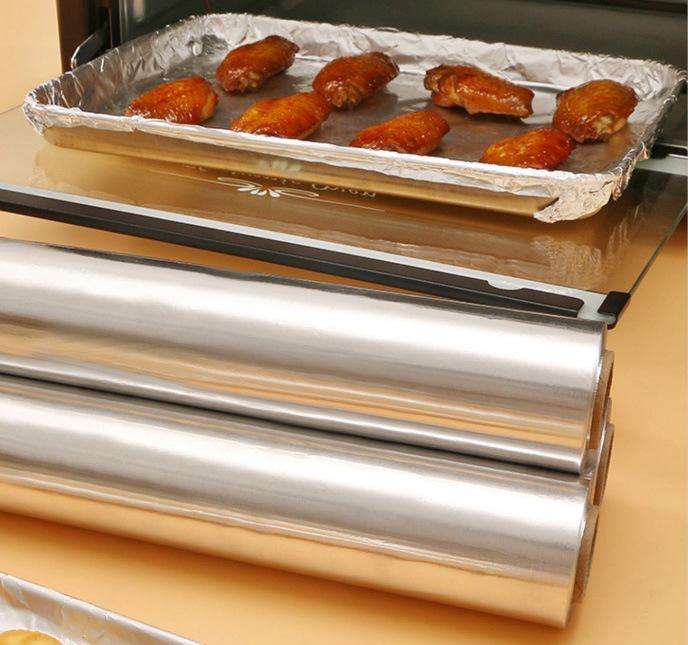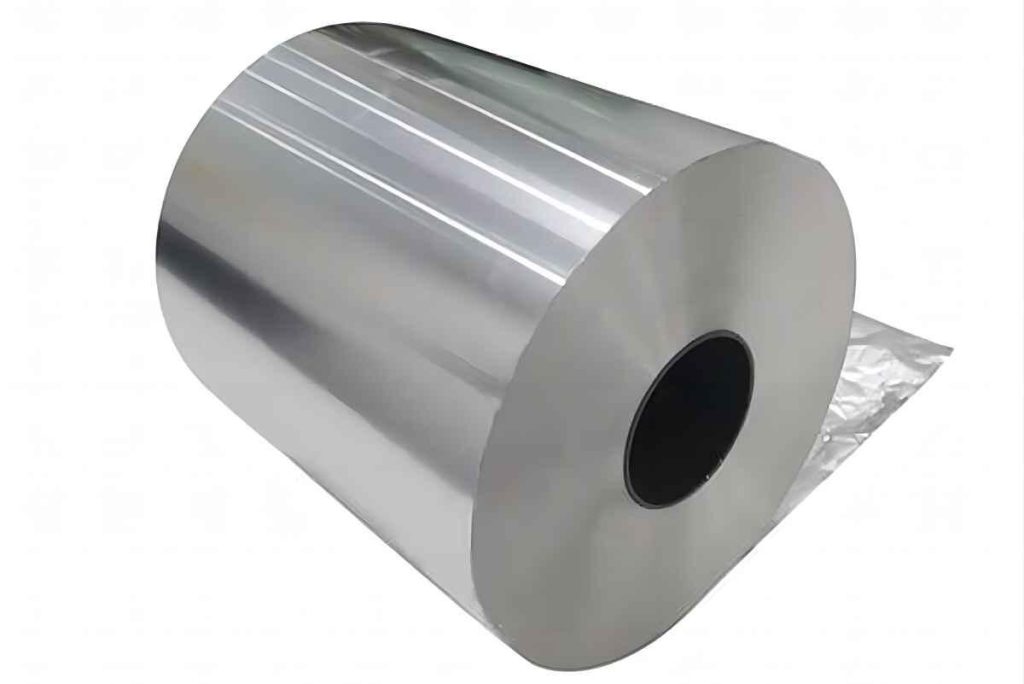Aluminum foil is a versatile kitchen staple that has been used for decades to pack and preserve food. It is a thin, pliable metal sheet made from aluminum that is commonly used for wrapping, cooking, and storing food items. In this article, we will explore why aluminum foil is preferred for food packing and delve into the factors that determine the shelf life of food when packed in aluminum foil.
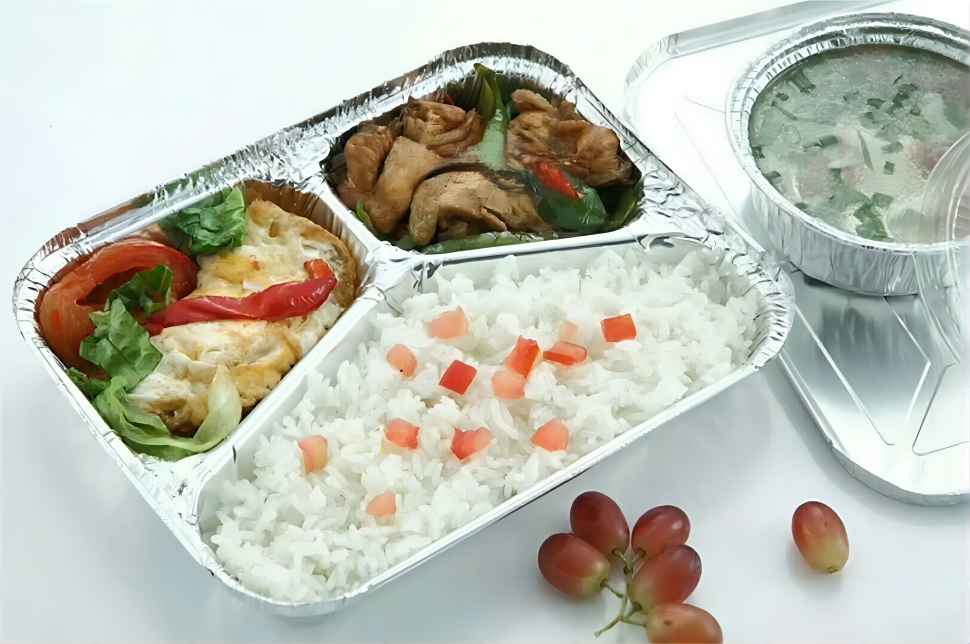
What is Aluminum Foil?
Aluminum foil, often simply referred to as foil, is a thin sheet of aluminum metal that is created through a rolling process. The resulting product is a flexible and heat-resistant material that has a wide range of uses in the culinary world. Its ability to withstand both high and low temperatures makes it an ideal choice for preserving the freshness of food.
Why is Aluminum Foil Used to Pack Food?
Aluminum foil is chosen for food packing for several reasons:
- Heat Conductivity: Aluminum foil is an excellent conductor of heat, which makes it suitable for wrapping and cooking various food items. It helps distribute heat evenly, ensuring that the food is cooked or reheated uniformly.
- Barrier Properties: Aluminum foil acts as an effective barrier against moisture, air, and light. This barrier helps to prevent food from spoiling due to exposure to external elements.
- Versatility: Aluminum foil can be used for various purposes in the kitchen, such as wrapping, roasting, and grilling. Its flexibility allows it to conform to different shapes and sizes of food items.
- Preservation of Flavor and Aroma: Aluminum foil not only keeps food fresh but also helps retain the flavor and aroma of the dish, enhancing the overall dining experience.
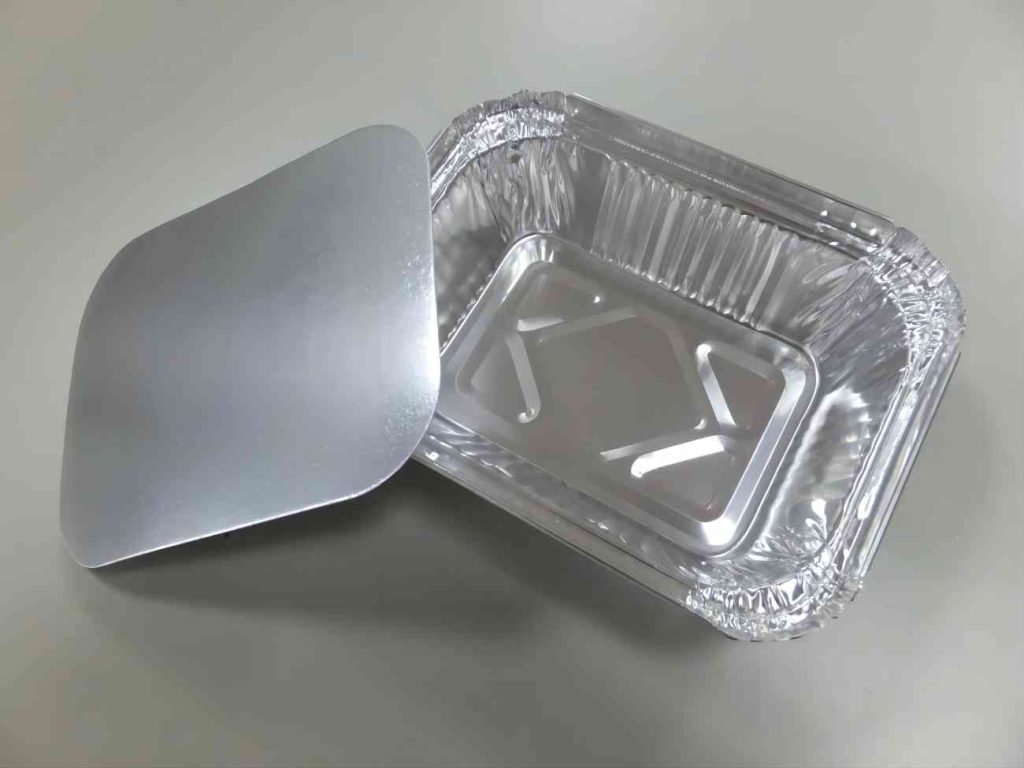
How Long Does Food Last with Aluminum Foil Packing?
The shelf life of food when packed in aluminum foil can vary depending on several factors. Let’s take a closer look at these factors and explore some general guidelines for different types of food items.
Factors that Affect the Shelf Life of Food in Aluminum Foil Packing
- Type of Food: Different types of food have varying shelf lives when packed in aluminum foil. For example, cooked meat and poultry can last for 3-4 days, while cooked fish may last 1-2 days.
- Preparation of the Food: How the food is prepared before wrapping it in aluminum foil can significantly impact its shelf life. Ensuring that the food is cooked thoroughly and is free from contaminants is crucial.
- Storage Temperature: The temperature at which you store the aluminum foil-wrapped food is critical. Refrigeration or freezing can extend the shelf life of most food items when compared to storing them at room temperature.
- How the Food is Wrapped in Aluminum Foil: The way you wrap the food in aluminum foil matters. It should be tightly sealed to prevent air exposure, which can lead to faster spoilage.
Shelf Life of Specific Types of Food in Aluminum Foil Packing
- Cooked Meat and Poultry: When properly cooked and wrapped tightly in aluminum foil, cooked meat and poultry can last in the refrigerator for about 3-4 days. For longer storage, freezing is recommended, where they can remain safe to eat for several months.
- Cooked Fish: Cooked fish is more perishable than meat and poultry. It is advisable to consume cooked fish within 1-2 days when stored in aluminum foil in the refrigerator. For extended storage, freezing is a better option.
- Fruits and Vegetables: Fruits and vegetables can retain their freshness for 2-4 days when wrapped in aluminum foil and stored in the refrigerator. However, it’s worth noting that certain fruits and vegetables may have different storage requirements.
- Leftovers: Leftovers, such as cooked meals, can generally be safely stored in aluminum foil for 3-4 days in the refrigerator. Proper labeling with the date of wrapping helps in keeping track of freshness.
Best Practices for Storing Food in Aluminum Foil Packing
To maximize the shelf life of food when using aluminum foil, here are some best practices to follow:
- Wrap the Food Tightly: Ensure that the aluminum foil is tightly sealed around the food to prevent air exposure, which can lead to spoilage.
- Label with Date: It’s essential to label the food package with the date it was wrapped. This makes it easier to track how long it has been stored and helps you prioritize which items to use first.
- Refrigeration or Freezing: Most food items packed in aluminum foil benefit from refrigeration or freezing. Use the appropriate storage method based on the food type and how long you plan to keep it.
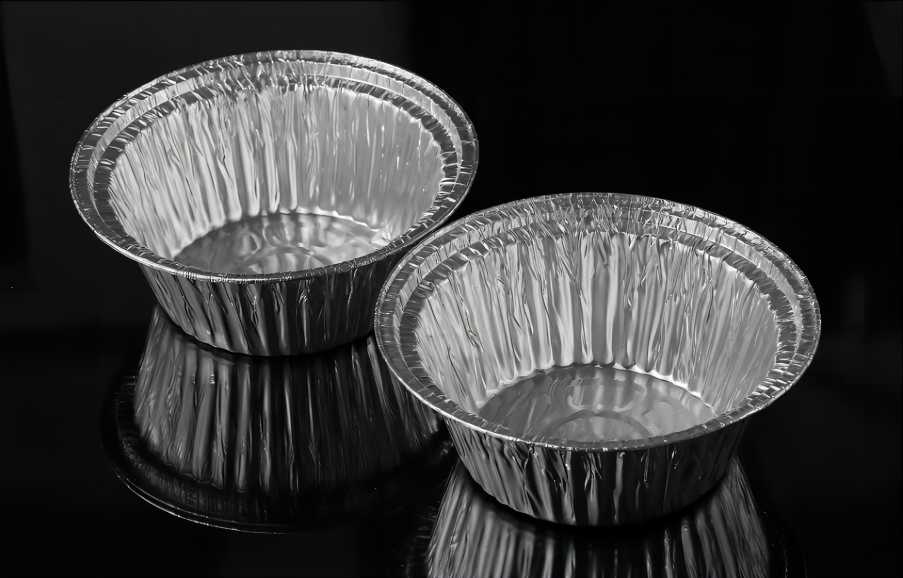
Conclusion
In conclusion, aluminum foil is a valuable tool in the kitchen for preserving the freshness of food. It acts as a barrier against external elements, helps maintain flavor and aroma, and conducts heat efficiently for cooking and reheating. However, the shelf life of food when packed in aluminum foil depends on factors such as the type of food, its preparation, storage temperature, and how tightly it is wrapped.
To ensure food safety and extend shelf life, it’s crucial to follow best practices such as sealing the foil tightly, labeling with the date of wrapping, and choosing the appropriate storage method, whether refrigeration or freezing. By doing so, you can make the most of this versatile kitchen accessory and reduce food waste while enjoying delicious, freshly preserved meals.

